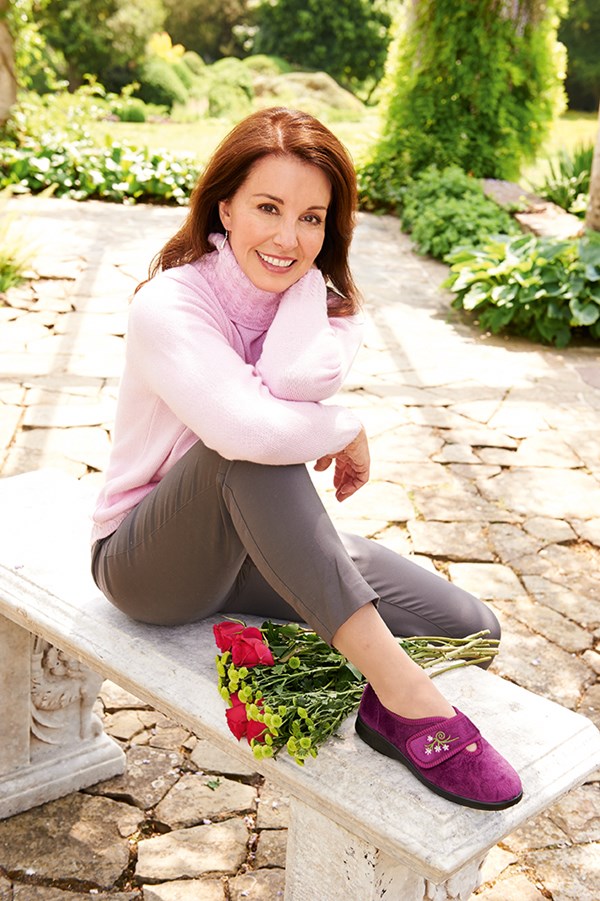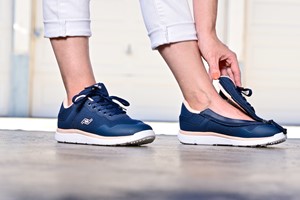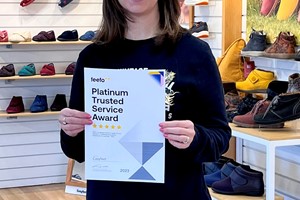Selecting the right house shoes
Whilst it might be tempting to just kick off your shoes when you arrive home after a busy day, there are lots of very great reasons for wearing good, supportive footwear around the house. Shiny laminated flooring and ceramic floor tiles can look beautiful, but can be slippery. Stairs, especially uncarpeted stairs, can be lethal - so too can scatter rugs. Accidents can happen so easily, but many falls can be avoided by wearing correctly fitted, supportive footwear.
House shoes need not be 'clumpy' and inelegant - there are many attractive silhouettes, colours and styles available on the internet or at specialist retailers nationwide. House shoes can look and feel just like slippers, (many are made from soft, plush fabrics), but the best are designed in the style of a shoe, to give added support and comfort.
Wearing supportive house and slippers is especially important for people with foot conditions such as plantar fasciitis, corns, callouses or bunions. The key, of course, is to find just the right style and fit for you. While there are lots of house shoes and slippers available on the High Street, many offer little or no support and can actually be dangerous if they are of flimsy construction. So what are the particular features that are worth searching for in a house shoe?
- Look for a hard-wearing, lightweight sole, which is capable of all day wear, both inside, and if necessary outside, so that there's no need to keep changing your shoes if you pop out. A wide flat sole provides a stable base for walking.
- Search for house shoes with touch-fastening straps that open up for easy foot entry. Touch-fastening straps can be positioned longer or shorter as required, so that they adjust to your foot. Some even have elasticated straps for optimal flexibility.
- Look inside the house shoe to see if the insoles are removable. Removing insoles creates extra depth if needed or allows you to insert your own orthotics if required.
- Look for manufacturers who offer variable fittings, which are designed to give you maximum fit flexibility and are ideal if your feet swell or change shape during the course of a day.
- Search for styles with few internal seams and seam-free toe boxes, especially if you are shopping for people who suffer from diabetes-related foot problems. A seam-free shoe interior will reduce the possibility of rubbing and chaffing.
- Make sure that the house shoe features a back stiffener built into the back panel for added stability and support. Without a stiffener, the shoe fabric can crumple and fold.
Obviously, do try to choose styles that have been recognised by the Healthy Footwear Guide. The HFG recommends only 'healthy shoes'.
Blog home >
Recent Posts
-
Friendly Shoes join the HFG-a warm welcome to you.
Introducing Friendly Shoes, the UK’s first fully adaptive footwear brand
Designed by an occupational therapist, …
read more
-
Cosyfeet achieves platinum in US and UK
Cosyfeet Achieves Platinum in US and UK
Cosyfeet, the Somerset-based retailer of premium footwear for people with …
read more
-
Cosyfeet wins Platinum with Feefo
Cosyfeet Wins Platinum with Feefo
Cosyfeet is the proud recipient of a Feefo Platinum Trusted Service award for 2022 …
read more




